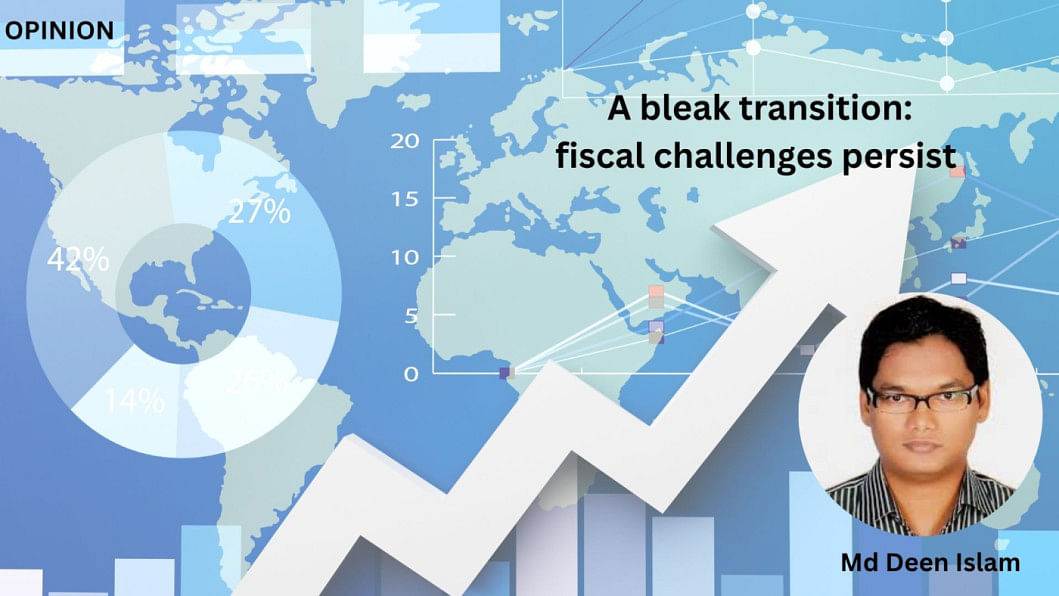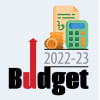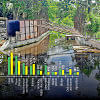A bleak transition: fiscal challenges persist as FY25 ends and FY26 begins

As Bangladesh prepares to close the books on its fiscal year (FY) 2024–25 and begin FY2025–26 on July 1 of 2025, policymakers, economists, and citizens alike face a reality check: the country is entering a new fiscal cycle burdened with the unresolved economic issues of the last fiscal year.
The outgoing FY2024–25 has been marked by a converging set of problems that strain both the government's budget administration and the wider economy.
Annual Development Programme (ADP) projects saw poor implementation, with actual expenditures falling well short of targets—a recurring issue that undermines long-term infrastructure and social investment goals.
At the same time, domestic revenue mobilisation and tax collection have remained sluggish.
Despite constant appeals for tax reform, the tax-to-GDP ratio has stuck below 8 percent—one of the lowest in South Asia—reflecting a chronic structural vulnerability.
The National Board of Revenue (NBR) missed its collection targets, further limiting the government's ability to address growing developmental needs.
High inflation, hovering persistently above 9 percent throughout most of the year, has eroded real incomes and disproportionately affected low- and middle-income households.
The government's social protection programmes, though expanded on paper, struggled with timely and effective delivery, leaving many vulnerable families without the support to which they were entitled.
Investment trends also showed little cause for optimism. Foreign direct investment (FDI) and domestic private sector investment both remained lacklustre due to concerns over policy uncertainty, exchange rate volatility, and weak consumer demand.
The business community has been lamenting regulatory issues and uncertainty surrounding tax policies.
Additionally, structural challenges—such as energy shortages, high input costs, and declining export competitiveness—have constrained industrial expansion.
Most concerning, perhaps, is that youth unemployment continues to remain very high.
While more and more graduates joined the labour market, employment generation has failed to keep pace.
The NEET rate stood at more than 22 percent. Underemployment and informality further cloud the employment picture, undermining the potential demographic dividend that Bangladesh is poised to enjoy.
Looking ahead to FY2025–26, the new budget offers little relief. Framed within a contractionary fiscal stance, the budget proposes reduced allocations for development expenditure and the ADP—both in nominal terms and as a share of GDP—while recurrent and revenue expenditures have increased.
This budgetary structure suggests that the government will continue to prioritise administrative costs and debt servicing over productive investments.
In short, FY2025–26 appears poised to inherit the difficulties of its predecessor without offering a bold new direction.
Without meaningful reforms in public financial management, tax policy, and governance, Bangladesh risks slipping into a cycle of low investment, weak service delivery, and constrained growth.
While global uncertainties remain a factor, many of the country's fiscal challenges are self-inflicted and require strong political will to address.
As citizens face another challenging year, the need for wiser spending, more prudent implementation, and people-centred economic planning has never been greater.
Bangladesh stands at a budgeting crossroads—whether it adopts prudence with purpose or mere fiscal restraint without reform will determine the course of its development in the years ahead.
The writer is an associate professor of economics of the University of Dhaka and the research director of the RAPID.

 For all latest news, follow The Daily Star's Google News channel.
For all latest news, follow The Daily Star's Google News channel. 







Comments